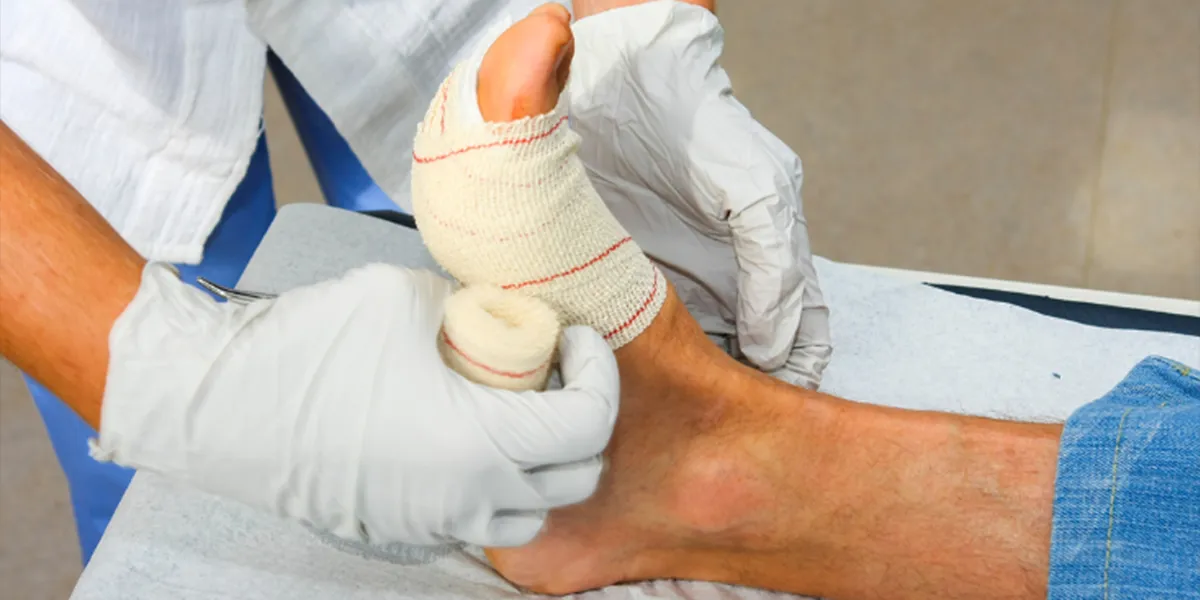Stages of Wound Healing
Wound healing is a complex biological process that involves coordinated cellular and chemical responses. This process occurs in four distinct stages:
1. Hemostasis – Stopping the Bleeding
⏳ Timing: Immediately after injury, lasting about 5 to 10 minutes
🩸 Key Events:
-
Constriction of blood vessels to minimize bleeding
-
Activation of platelets and release of fibrin to form a clot
-
Release of growth factors that trigger the subsequent healing phases
✅ Goal: Stop the bleeding and initiate the healing process
2. Inflammation – Calling for Clean-Up
⏳ Timing: From day 1 to approximately days 4–6 after the injury
🔥 Clinical Signs:
-
Redness (erythema), swelling (edema), heat, and pain
-
Arrival of neutrophils (defensive cells) to combat bacteria and clean the wound
-
Replacement of neutrophils by macrophages, which engulf bacteria and remove dead tissue
✅ Goal: Eliminate pathogens and prepare the wound for tissue regeneration
3. Proliferation – Rebuilding the Tissue
⏳ Timing: From day 6 to day 21 after the injury
🛠️ Key Events:
-
Angiogenesis: Formation of new blood vessels
-
Granulation Tissue Formation: Growth of new tissue in the wound
-
Wound Contraction: Reduction in the size of the wound
-
Epithelialization: Migration of skin cells to cover the wound
✅ Goal: Rebuild lost tissue and restore the skin barrier
4. Maturation/Remodeling – Finalizing the Repair
⏳ Timing: From day 21 to several months after the injury
🔗 Key Events:
-
Increased tensile strength of the wound and reorganization of collagen
-
Conversion of soft Type III collagen into stronger Type I collagen
-
Reduction of excessive blood vessels and stabilization of new tissue
✅ Goal: Complete tissue remodeling and restore skin functionality

